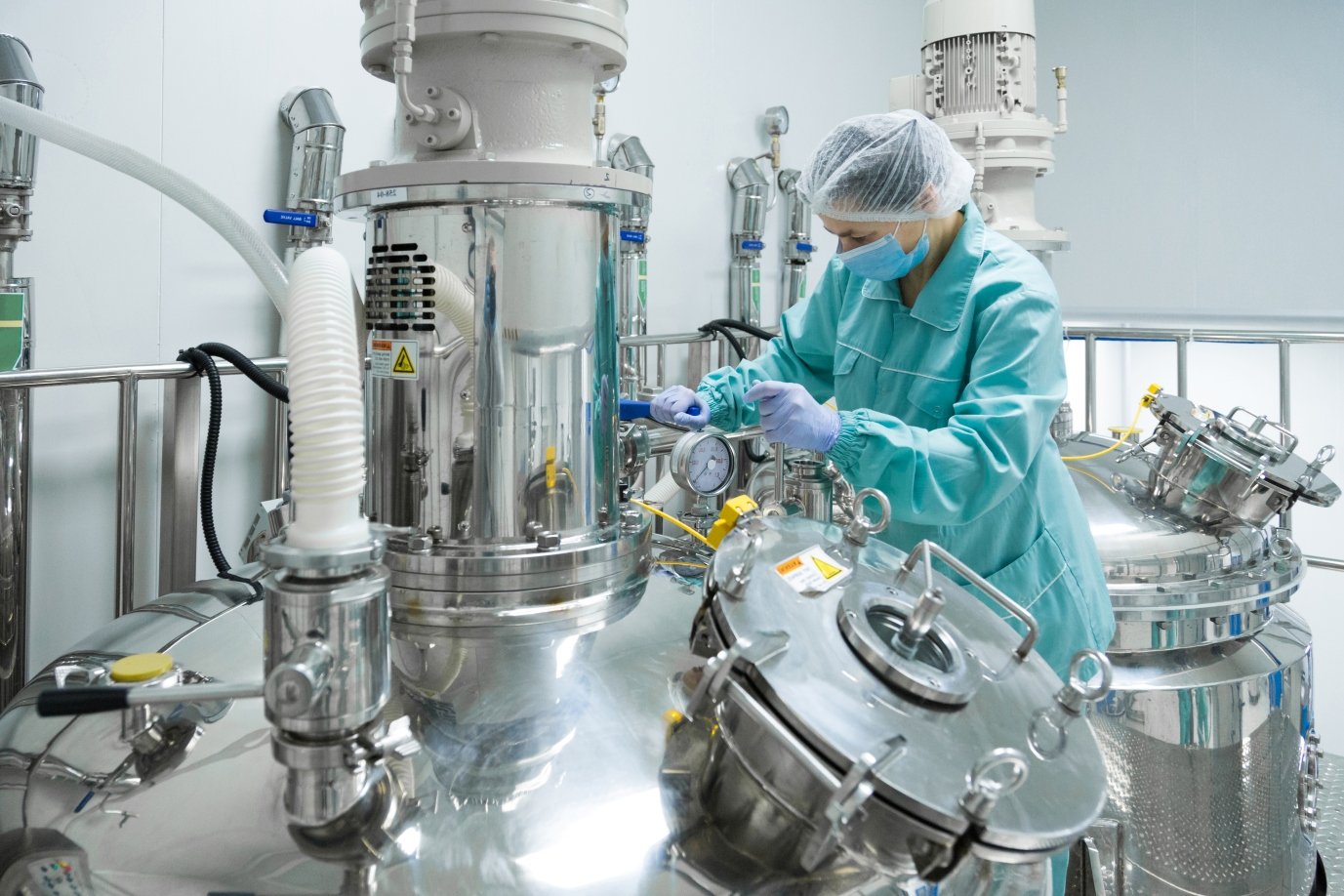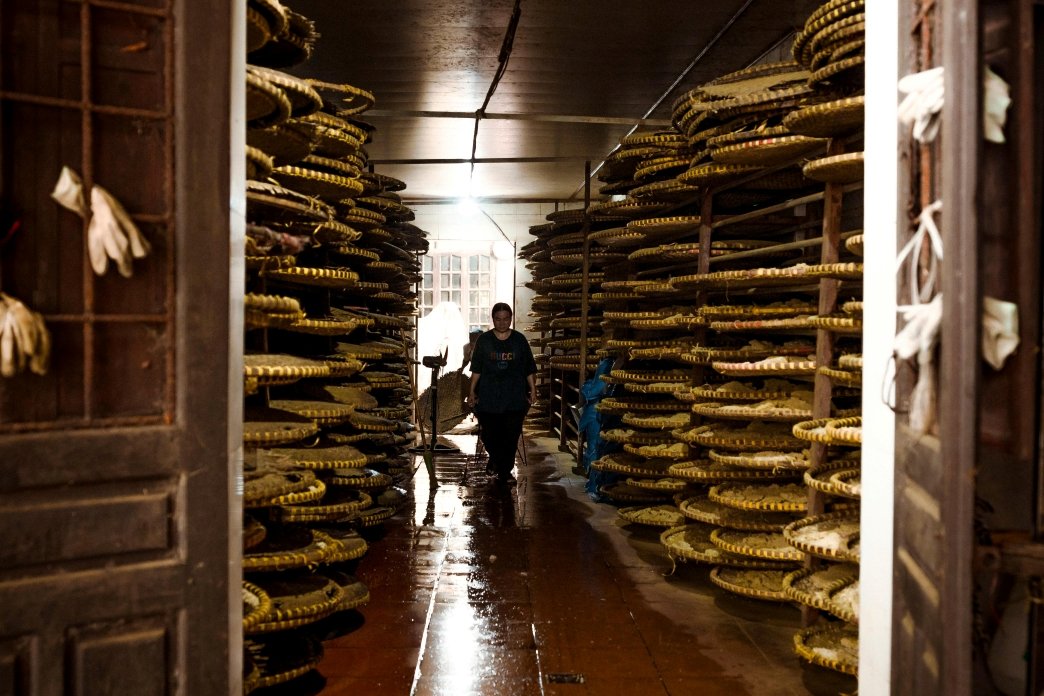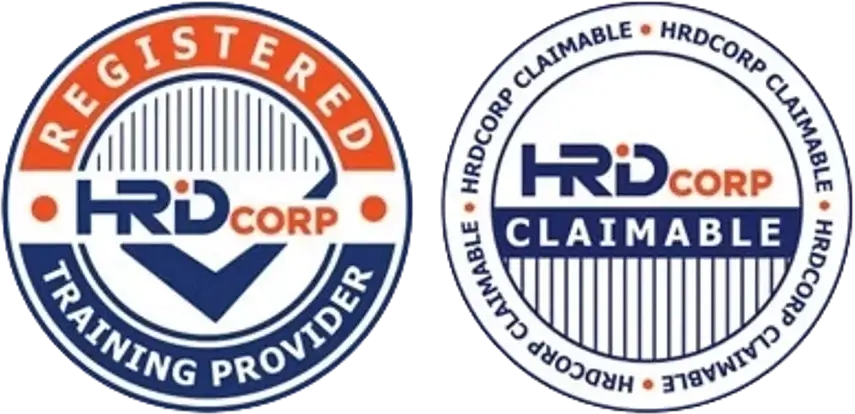What Role Does Supplier Approval Play in Your HACCP Program?
Your HACCP plan is only as strong as your weakest supplier.
If raw materials or ingredients come with unknown risks, no amount of CCP monitoring can fully protect your food safety system.
That’s why supplier approval is not just a good practice — it’s a HACCP requirement under Pre-requisite Programs (PRPs) and ISO 22000/FSSC 22000 standards.
✅ Why Is Supplier Approval Important in HACCP?
-
Prevents food safety hazards from entering your facility
-
Reduces reliance on end-product testing
-
Builds a reliable, traceable supply chain
-
Helps identify high-risk materials or countries of origin
-
Supports your legal compliance and audit readiness
-
Provides documented evidence of due diligence
-
Essential for certification to GMP, HACCP, ISO 22000, FSSC 22000, GFSI standards
🔍 Key Risks from Unapproved Suppliers
-
Microbial contamination (e.g., Salmonella in spices)
-
Chemical hazards (e.g., pesticide residues, allergens)
-
Physical hazards (e.g., stones, glass, metal)
-
Food fraud (e.g., mislabelled origin or adulteration)
-
Poor traceability and non-conformance history
-
Inconsistent product specifications or delivery issues
🛠️ What Should a Supplier Approval Program Include?
1. Risk-Based Supplier Evaluation
-
Classify suppliers by product type and risk level
-
Evaluate raw materials for:
-
Intended use
-
Country of origin
-
Past recalls or alerts
-
-
High-risk ingredients need more documentation and testing
2. Approval Criteria
-
Third-party certification (e.g., HACCP, ISO 22000, FSSC 22000, BRCGS)
-
Completed supplier questionnaires
-
Product COAs or lab test results
-
On-site audits or virtual inspections (especially for high-risk suppliers)
3. Documented Supplier List
-
Maintain an updated Approved Supplier List (ASL)
-
Include:
-
Supplier name and contact
-
Approved products
-
Expiry/review date of approval
-
Certification status
-
4. Performance Monitoring
-
Track:
-
On-time delivery
-
Specification compliance
-
Complaints or non-conformance issues
-
-
Review supplier status annually or after a major incident
5. Supplier Agreements
-
Signed acknowledgment of:
-
Product specs
-
Food safety standards
-
Change notification requirements
-
6. Corrective Actions for Non-Conformance
-
Clear steps for:
-
Temporary delisting
-
Root cause investigation
-
Reapproval requirements
-
🧠 How Does This Support Your HACCP Plan?
-
Reduces hazard likelihood at the first stage of the food chain
-
Supports hazard analysis with real-world data
-
Strengthens control measures before CCPs
-
Enables effective traceability and faster recall response
-
Demonstrates management commitment and proactive control
💡 Tips to Improve Supplier Management
-
Conduct supplier re-approval every 12–24 months
-
Keep digital records for faster retrieval during audits
-
Build relationships — communicate expectations clearly
-
Don’t forget service providers (e.g., pest control, lab testing)
📌 Final Thoughts
Supplier approval is more than just ticking a box — it’s your first line of defence in preventing food safety risks.
Without it, your HACCP plan may fail before production even begins.
Make sure your supplier management program is risk-based, documented, and consistently applied — your certifications, customers, and food safety reputation depend on it.
💼 Need help building a supplier approval system aligned with HACCP, GMP, or FSSC 22000?
At CAYS Scientific, we help Malaysian food businesses design robust supplier management programs, conduct audits, and strengthen food safety systems from the ground up.
📞 Contact us today and take control of your supply chain risks.




